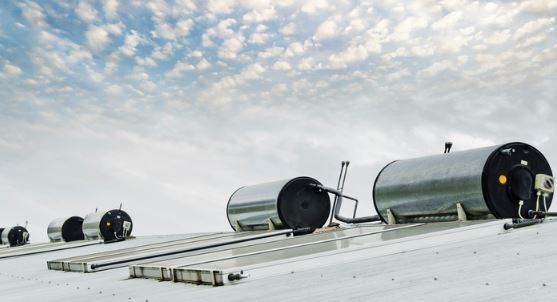An organic matter power source could be added to a solar-energy unit. This would provide heating of 100% for a single-story house during the coldest months and also help the environment. The system could also generate surplus electricity that can be sold back into the grid during the warmer months.
Researchers from China and the United States have published Journal of Renewable and Sustainable Energy. This model is based on a computer simulation that adds biomass to solar power as an alternative renewable energy source. It allows for reliable heating and reduces carbon dioxide emissions.
Gaoyang Hou, co-author of the study, stated that this hybrid system is a more efficient and cleaner heating option than single-family homes using fossil fuels. The system could be used in rural areas where there is a lot of biomass from farms. This can be combined with solar energy to reduce the urban-rural power gap and benefit the environment.
The solar-biomass hybrid proposed system is built on distributed multi-generation technology, which integrates photovoltaic/thermal (PV/T), and biomass power sources.
Biomass can be made from organic matter such as corn husks and nut shells and wood pulp. It can also be made from food and animal waste. The PV/T system is a new technology that converts solar power into heat and electricity. It consists of thermal collectors and PV panels.
Research on decentralized hybrid systems has focused on commercial greenhouse farms and neighborhoods. Their system was evaluated based on heating requirements of a single-story cottage in northeast China from November through March. Winter temperatures can drop below minus 20° Celsius (minus 4° Fahrenheit).
The PV/T collector captured 8% of available thermal energy and generated 52% of total electrical energy. The remaining 40% of the heat-related electricity was generated by the biomass.
Lei Xu, co-author, stated that solar power is the dominant energy source for the heating season. Biomass energy production kicks in when it is needed.
TRNSYS, a modular software that allows you to simulate thermal and renewable energy systems, was used to create the simulation model.
The hybrid system simulation included a PV/T collector and heat pump. It also contained a storage tank with an embedded coiled tube heat exchanger, flow diverters and a backup electric boiler.
Researchers are currently developing a solar-biomass model that can meet the cooling and heating needs of small commercial buildings. If successful, they plan to create a prototype for testing.
